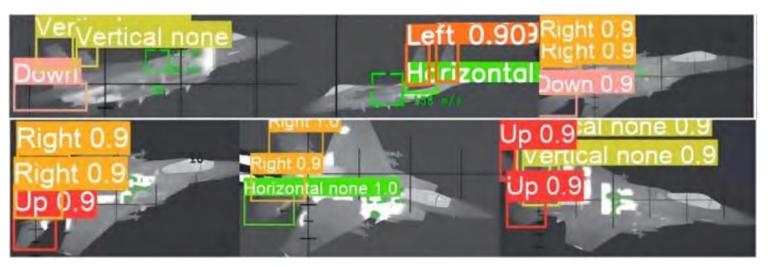AI for China’s Fighter Pilots Achieves New Milestones

The Rise of China’s Red Eye Military AI
Introduction to Red Eye Military AI
Picture a scenario in the sky where decisions aren’t made by human pilots battling in high-stakes situations, but instead by an Artificial Intelligence (AI) capable of detecting minute movements in enemy aircraft. This is exactly what China’s new military AI system, known as "Red Eye," is designed to do. Developed by the Northwest Institute of Mechanical & Electrical Engineering in Xianyang, under Norinco—China’s prominent military manufacturer—Red Eye represents a significant advancement in aerial combat technology.
How Red Eye Works
Red Eye leverages innovative technology to observe, analyze, and respond to changes in enemy aircraft with remarkable precision. Unlike traditional military AI systems, which mimic human responses, Red Eye uses advanced algorithms to make rapid decisions based on intricate data about the opponent’s movements. For instance, the AI utilizes infrared (IR) imaging combined with modified YOLOv8 neural networks to detect subtle changes in control surfaces, such as a fighter jet’s rudder or elevator. This data helps the system to predict an aircraft’s next moves almost instantly, outperforming any human pilot by processing information faster than a blink of an eye.
Advantages of Red Eye
- Real-Time Analysis: The AI can detect minute changes, such as slight bends in metal, indicating an aircraft’s next maneuver before it fully develops.
- Operational Speed: It can react within milliseconds, reducing the time gap between observation and action, which is critical in air combat scenarios.
- Adaptability: Red Eye can be integrated into various aircraft, including advanced bombers and smaller drones, making it versatile in different combat situations.
Potential Impact on Aerial Combat
The development of Red Eye signifies a major shift in aerial warfare dynamics. Traditional dogfighting may become less relevant as AI systems can outmaneuver human pilots by anticipating actions rather than simply reacting.
Implications for Future Warfare
- Close Combat Readiness: Even in beyond visual range (BVR) conflicts where stealth technology predominates, unexpected close encounters can still occur. In such cases, Red Eye could provide a significant tactical advantage.
- Increased Stealth Missions: With drones and loyal wingmen likely to incorporate Red Eye technology, missions could become more efficient and challenging for human opponents.
- Enhanced Decision-Making: This type of AI can operate without human oversight, fundamentally changing the nature of decision-making in combat scenarios.
Global Context and Response
While Red Eye marks a critical advancement for China, other nations are also investing in military AI technologies. For instance, the U.S. Air Force’s DARPA program has been testing AI in live scenarios since 2023, aiming to integrate autonomous systems into their fleets. The competition between nations emphasizes the need for continuous innovation and rapid development in military capabilities.
Challenges to Ethical Oversight
The deployment of AI in warfare raises important ethical questions. For instance:
- Accountability: Who is responsible if a system like Red Eye makes a poor decision?
- Decision-Making Errors: What measures can be put in place to prevent mistakes by autonomous systems?
- Control of Learning Systems: How can we manage a system that continuously learns and evolves based on its experiences?
The Future of AI in Military Applications
As military AI systems like Red Eye evolve, the focus for countries must shift from theoretical discussions about AI capabilities to real-world applications and proactive development. Creating efficient protocols and frameworks for AI integration in warfare will be crucial.
In a world where advanced AI controls the battlefield, the ramifications extend beyond mere military strategy. Leaders in technology and policy must adapt quickly, recognizing that the competition is not just about reaching the finish line first, but about adopting the smartest and most effective strategies. As these systems mature, they could redefine not only combat but also the broader landscape of international relations and security measures.






